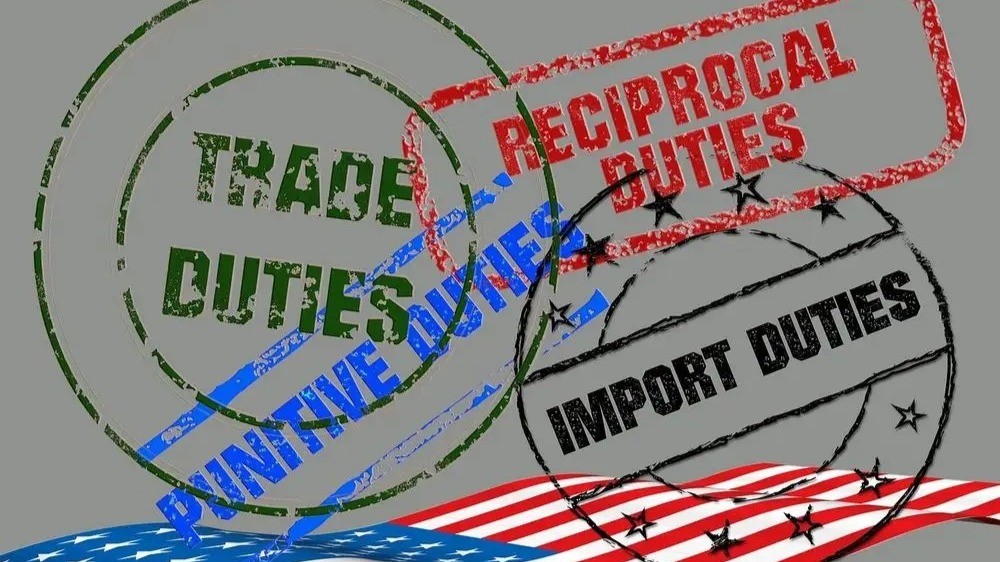The impact of the tariff war on global steel

Impact of Tariff Wars on the Global Steel Market
Tariff wars—especially those between major economies like the U.S. and China—have significant and far-reaching consequences on the global steel industry. These impacts go beyond bilateral relations and reshape trade flows, pricing, and industrial strategies across the world.
1. Distortion of Global Trade Flows
When countries impose tariffs on steel imports, exporters are forced to reroute products to markets without trade barriers.
For example, when the U.S. imposed tariffs on Chinese steel, Chinese producers began shipping more steel to regions like Southeast Asia, Africa, and Latin America.
This created trade diversion effects, leading to overcrowding in alternative markets and increasing competition.
2. Steel Price Volatility
Short-term price spikes: Tariffs can trigger concerns over supply shortages, temporarily driving up steel prices.
Long-term instability: As steel is redirected to different markets, oversupply often results in price declines, especially in Asia and emerging economies.
Regional price gaps: Domestic prices in tariff-imposing countries like the U.S. tend to stay high, while international markets face downward pressure.
3. Global Overcapacity Pressure
Tariff wars don’t reduce total production—they redistribute it.
When large exporters like China can’t access certain markets, they flood other regions, leading to excess supply and industry stress elsewhere.
This puts local steel producers at risk and triggers anti-dumping cases and safeguard measures.
4. Rise of Protectionism
Tariff wars encourage other countries to adopt their own trade defense mechanisms, such as quotas, tariffs, and import licensing.
The result is a global rise in protectionism, making steel trade more politicized and less predictable.
It also challenges the effectiveness of global trade institutions like the WTO.
5. Restructuring of Supply Chains
In response to tariffs, multinational companies often shift production or sourcing to countries not subject to tariffs.
This leads to the reallocation of investment and the emergence of new manufacturing hubs, especially in Southeast Asia.
The steel industry becomes more regionally fragmented and reliant on complex supply networks.
6. Country-Level Impact Overview
RegionImpact of Tariff WarU.S.Higher steel prices; boosted local steel mills in short term, but hurt manufacturers using steelChinaExport diversion; increased competition in alternative marketsEU/IndiaIntroduced protective measures to avoid steel dumpingSoutheast AsiaGained export opportunities, but also faced pricing pressure and market saturation
Conclusion
Tariff wars in the steel sector disrupt global balance by reshaping trade flows, increasing price volatility, encouraging protectionist policies, and causing a domino effect of defensive actions worldwide. While some countries gain short-term advantages, the overall result is greater market uncertainty and less efficient global trade.